How to make fermented willowherb tea (Ivan-Chai) by yourself
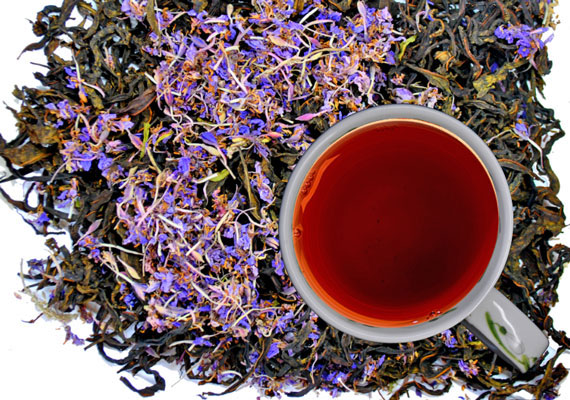
Ivan-Chai: best herbal tea
The Russian name "Ivan-Chai" was supposedly coined by foreigners following its export to England and other European countries: "Ivan" is a traditional Russian name, while "Chai" means tea, a word of Indian origin. There was a time when Ivan-Chai was the second most-exported Russian item, ahead of even linen and fur! It had three names at the time: Ivan-Chai, Russian Chai and Kaporie Chai, named after the place where it was produced in huge quantities. Toward the end of the 19th century it began losing ground to the Indian and Chinese teas of the East India Company. After the October Revolution of 1917 in Russia, the commercial production of Ivan-Chai ceased. Today, fermented Ivan-Chai has regained some of its popularity.
With its rich composition of minerals and vitamins, willow-herb makes for a healthy, caffeine-free tea that does not contain harmful uric acid or oxalate. Willow-herb tea is also a mild sedative. The plant is abundant in large areas of Russia, and can be fairly easily collected in large quantities from the wild. The fermented herbal tea can be produced in Kins settlements and ecovillages by hands or with simple devices. As an original and organic product, Ivan-Chai is an excellent replacement for imported teas.
Based on my own experience below is a simple step-by-step manual on making fermented willowherb tea with your own hands.
Step 1. Harvesting.
Break off upper (younger) parts of the plant with leaves and flowers in flowering season. They come off easily so that you can collect a huge bunch of branches with leaves flowers within 5-10 minutes.
Step 2. Wilting.
Leave the branches with leaves and flowers for 12 - 20 hours (but no more than 24 hours!) in a shaddow dry place for wilting. Check them regullary to make sure they are not overdried - the leaves should still have enough juices for further fermentation. When they are ready for the next step you can pick off the leaves and flowers from the shrubs.
Step 3. Mashing and rolling.
Take a handfull of leaves and flowers and carefully mash and roll them between the palms. This process breaks the leaf tissues and mixes the polyphenols in the leaves with the polyphenol oxidase enzymes. The leaves juices come out and the clump of leaves gets darker.
Step 4. Fermentation.
Place all clumps of leaves densely in a ceramic or enameled bowl, cover it with wet towel only, no lids - the fermentation process needs an aerobic environment, and leave it there for fermentation for 20 - 24 hours at 25 to 27 C (77 to 81F). Every 6 hours or near you should check it by smell: raw material has usual grass smell, and when the fermentation process is completed you will feel very pleasant "candy" smell.
Step 5. Drying.
Remove the leaves from the bowl and spread them over a baking sheet. Dry the leaves in an oven at 40 to 80 C (105 to 175F) for about 1 hour to stop the fermentation process. Stir the leaves regullary to dry them uniformly. You can leave the oven door ajar to prevent overheating. When the tea is ready it has the color from to dark-brown to almost black.
You can also use dehydrator for drying, but it will take more time, about 2-3 hours.
At the end, just leave the tea on the backing sheet in a dry place for about 10-12 hours to remove residual moisture and place it to storage containers.
Have a great tea party, enjoy our herbal tea blends!
Please check our homemade herbal tea (Ivan-Chai) at our natural remedy store !
More articles on the topic:
Cedar Oil in Natural Medicine
Cedar Resin: Nature's Miracle
Lyapko Applicators - Your Home Doctor
Eco-Minded Ideas to Brighten up Your Lockdown
Black Means Healthy
How to Replace Salt with Seasoning
If you like this article please help keep us going, no matter the amount, your donation makes a difference!



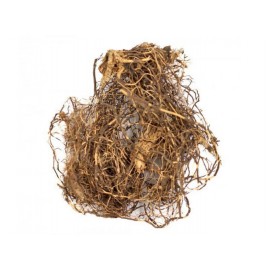

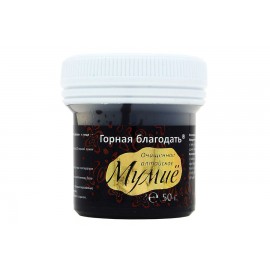
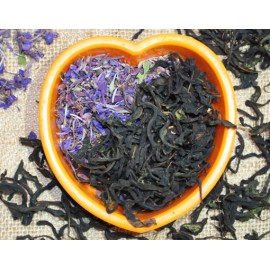
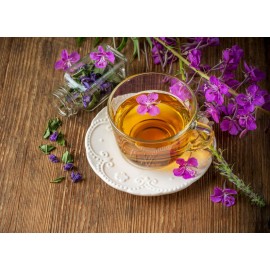


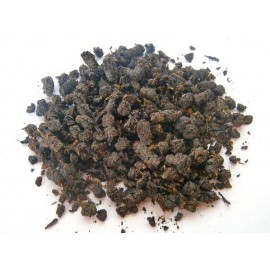

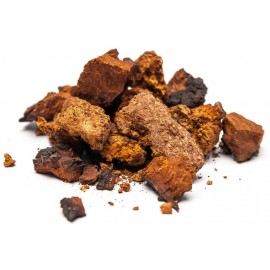
Leave your comment